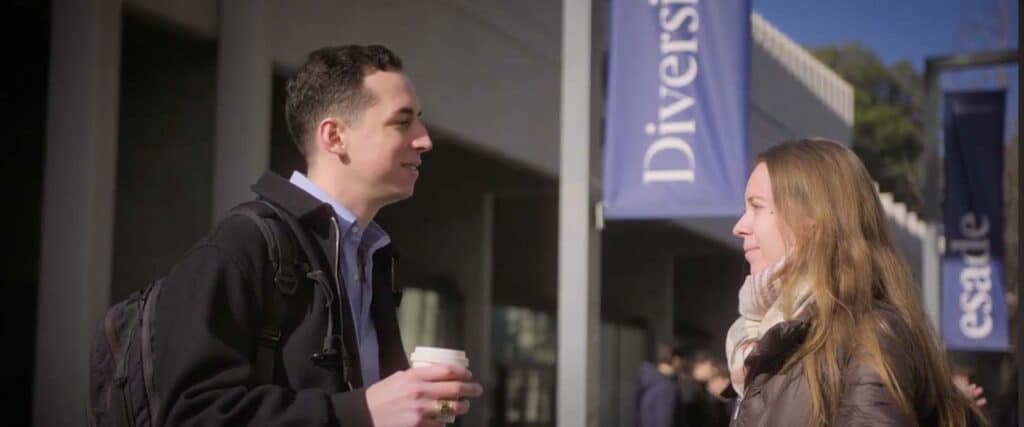Everyone wants you to succeed at Hult International Business School
Carrington Peterson is studying for her Master’s in International Business at Hult International Business School (London campus). We spoke to her about the program’s unique course structure, focus on building cultural and emotional intelligence, and engaging faculty.






